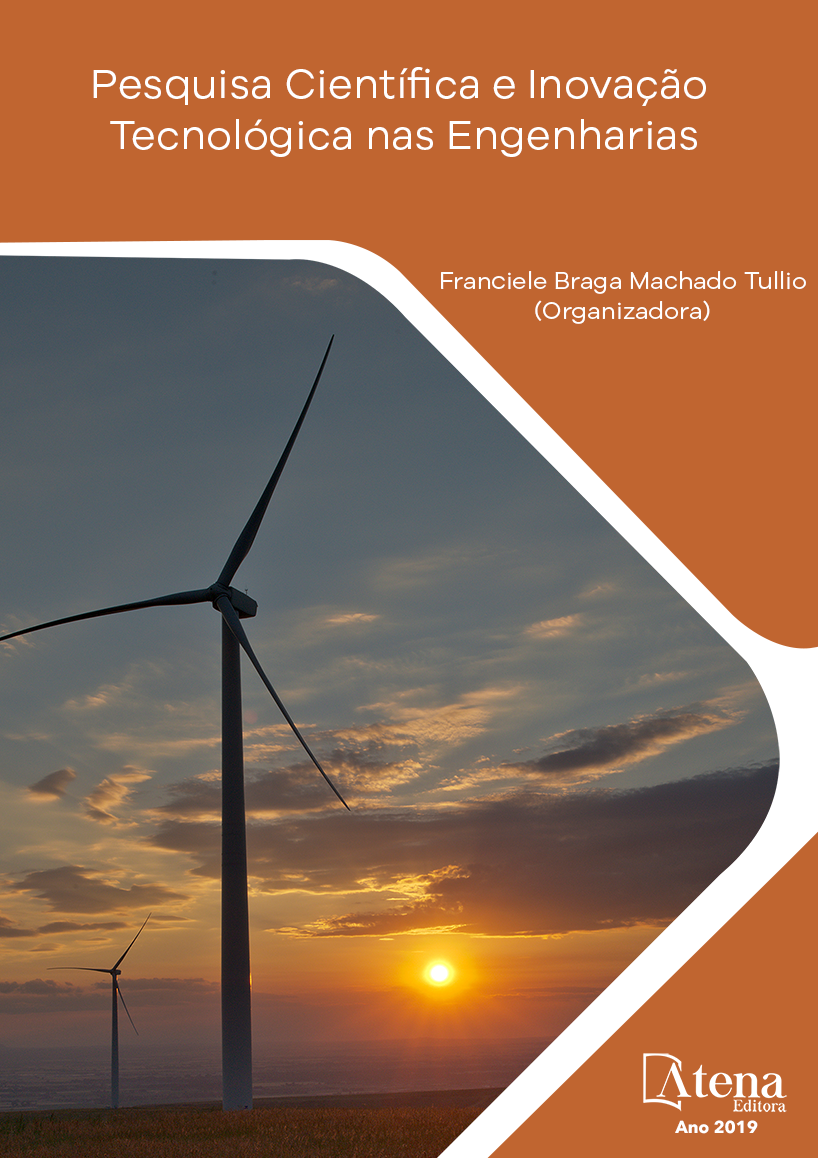
Utilização de películas comestíveis na conservação pós-colheita de morangos
O morango possui vida útil curta devido ao seu intenso metabolismo, sendo recomendado resfriamento a baixas temperaturas para prolongar a vida útil em 3 a 7 dias. A utilização de películas protetoras comestíveis promove um incremento na longevidade da vida útil pós-colheita. O objetivo do presente trabalho foi avaliar o desempenho do morango submetido a diferentes coberturas comestíveis durante o armazenamento refrigerado. O experimento foi realizado no laboratório de Tecnologia de Transformação de Produtos Agropecuários (TTPA) da Pontifícia Universidade Católica do Paraná (PUCPR), campus Toledo – PR. Os frutos foram selecionados, descartando aqueles com defeitos ou doentes. O delineamento experimental utilizado foi o inteiramente casualizado, com quatro repetições em esquema fatorial 3x5 (3 avaliações e 5 películas) acondicionados na BOD em temperatura de 15ºC por 10 dias. Houve diferença significativa entre as variáveis analisadas. A película de resveratrol foi a que menos perdeu peso, enquanto testemunha obteve maior grau Brix devido a maior perda de água. Conclui-se, portanto que às películas à base de resveratrol e solução de quitosana obtiveram resultados satisfatórios, maior brilho comparado as outras películas. Em geral as películas conservaram a vida útil dos morangos para o consumo em 6 dias a temperatura de 15ºC.
Utilização de películas comestíveis na conservação pós-colheita de morangos
-
Palavras-chave: Fragaria, preservação de alimentos, índice de doença.
-
Keywords: Fragaria, preservation of food, disease index
-
Abstract:
The strawberry has a short shelf life due to its intense metabolism, and cooling at low temperatures is recommended to extend shelf life in 3 to 7 days. The use of edible protective films promotes an increase in the longevity of the post-harvest shelf life. The aim of this study was to evaluate the performance of the strawberry submitted to different edible coverages during refrigerated storage. The experiment was carried out in the Laboratory of Transformation Technology of Agricultural Products (APTT) of the Pontifical Catholic University of Paraná (PUCPR), Toledo - PR campus, the fruits were selected, discarding those with defects or patients. The experimental design was completely randomized, with four replications in a 3x5 factorial scheme (3 evaluations and 5 films) conditioned in the BOD at a temperature of 15ºC for 10 days. There was a significant difference between the analyzed variables. The resveratrol film was the one that lost the least weight, while the control obtained higher degree Brix due to the greater loss of water. It was concluded, therefore, that the films based on resveratrol and chitosan solution obtained satisfactory results, greater brightness compared to other films. In general, the films preserved the shelf life of the strawberries for consumption in 6 days at a temperature of 15ºC.
-
Número de páginas: 15
- Matheus Luís Ferrari
- Rafael Rodrigo Bombardelli
- Marcio Eduardo Hintz
- João Paulo Brazão Gianini
- Idiana Marina Dalastra
- Tatiane Barbosa dos Santos


